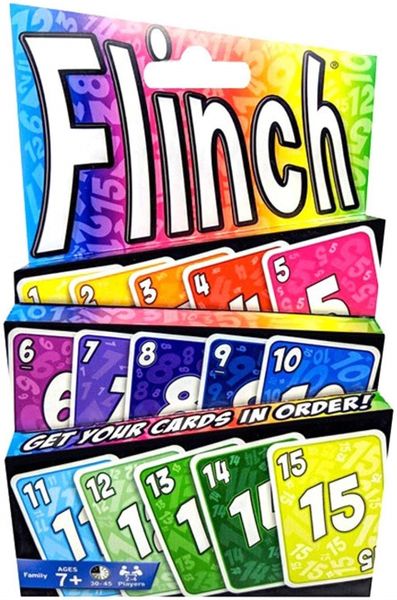Flinch (1903) Board Game
Flinch is a classic card game that was first released in in 1903. It was designed by Eugene H. Munger and A. J. Patterson. The game involves players trying to get rid of their cards in numerical order while also trying to block their opponents from doing the same. With a history spanning over a century, Flinch has become a beloved game for many families and gamers.
Game Components of Flinch
How To Setup Flinch
To set up Flinch, each player is dealt a hand of cards and a game pile. The remaining cards are placed face down in a draw pile. Players also start with a stock pile and several face-up piles. The objective is to be the first player to play all the cards from their hand and game pile.
Gameplay Mechanics and Game Objective
Player Experience
Flinch is often described as a competitive version of Solitaire. Players enjoy the simple yet engaging mechanic of building sequential piles while trying to outmaneuver their opponents. The game requires minimal learning time, making it accessible to players familiar with similar card games like Skip-Bo or Dutch Blitz.
Pros
Cons
Personal Thoughts on Flinch
Flinch is an excellent choice for families or casual game nights. It’s ideal for those who enjoy simple, quick card games that don’t require complex strategies. While it may not appeal to players seeking deep strategic gameplay, Flinch remains a charming and nostalgic option that can bring a lot of fun and interaction to the table.
We are supported by our audience. When you purchase through links on our site, we may earn an affiliate commission, at no extra cost for you. Learn more.

